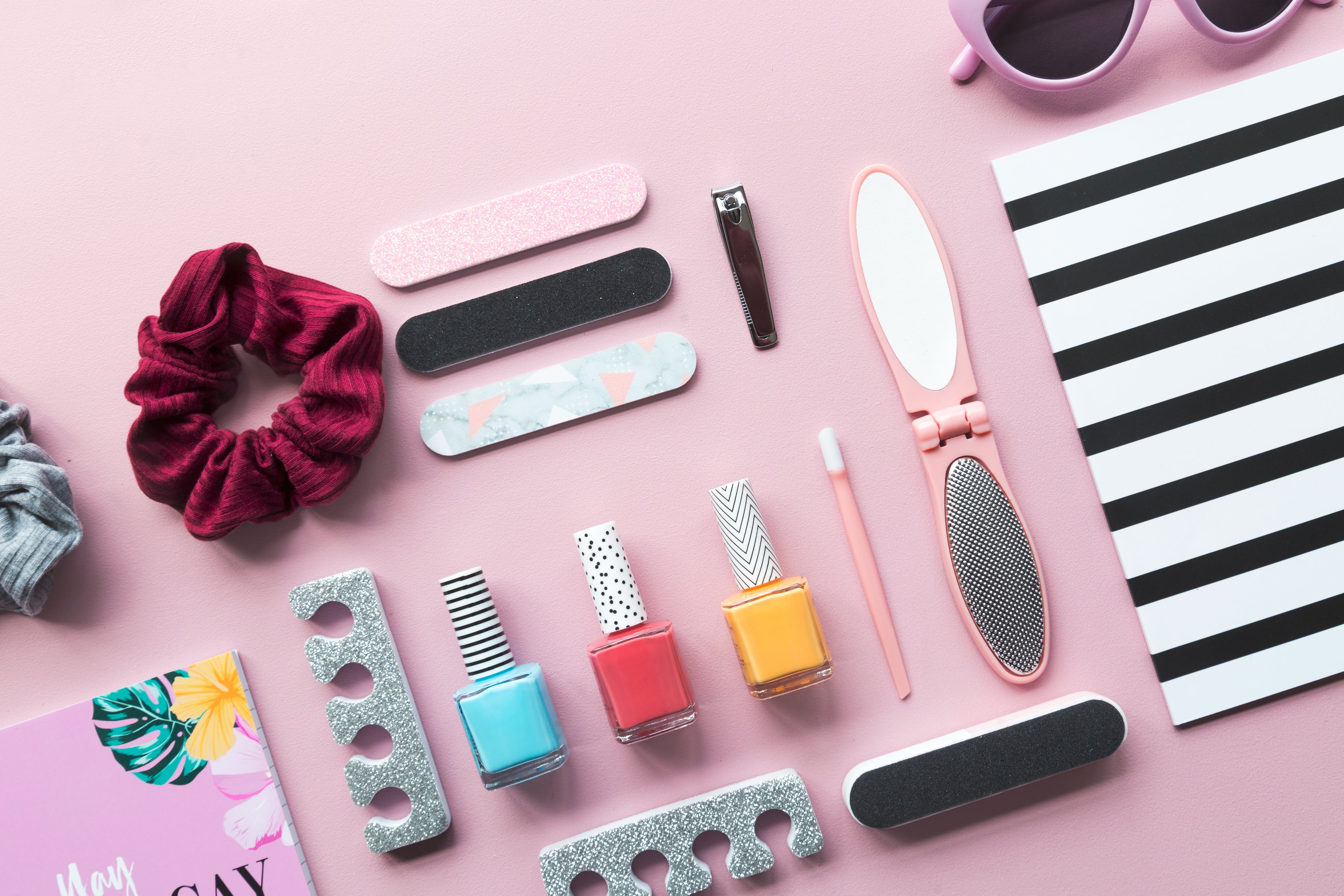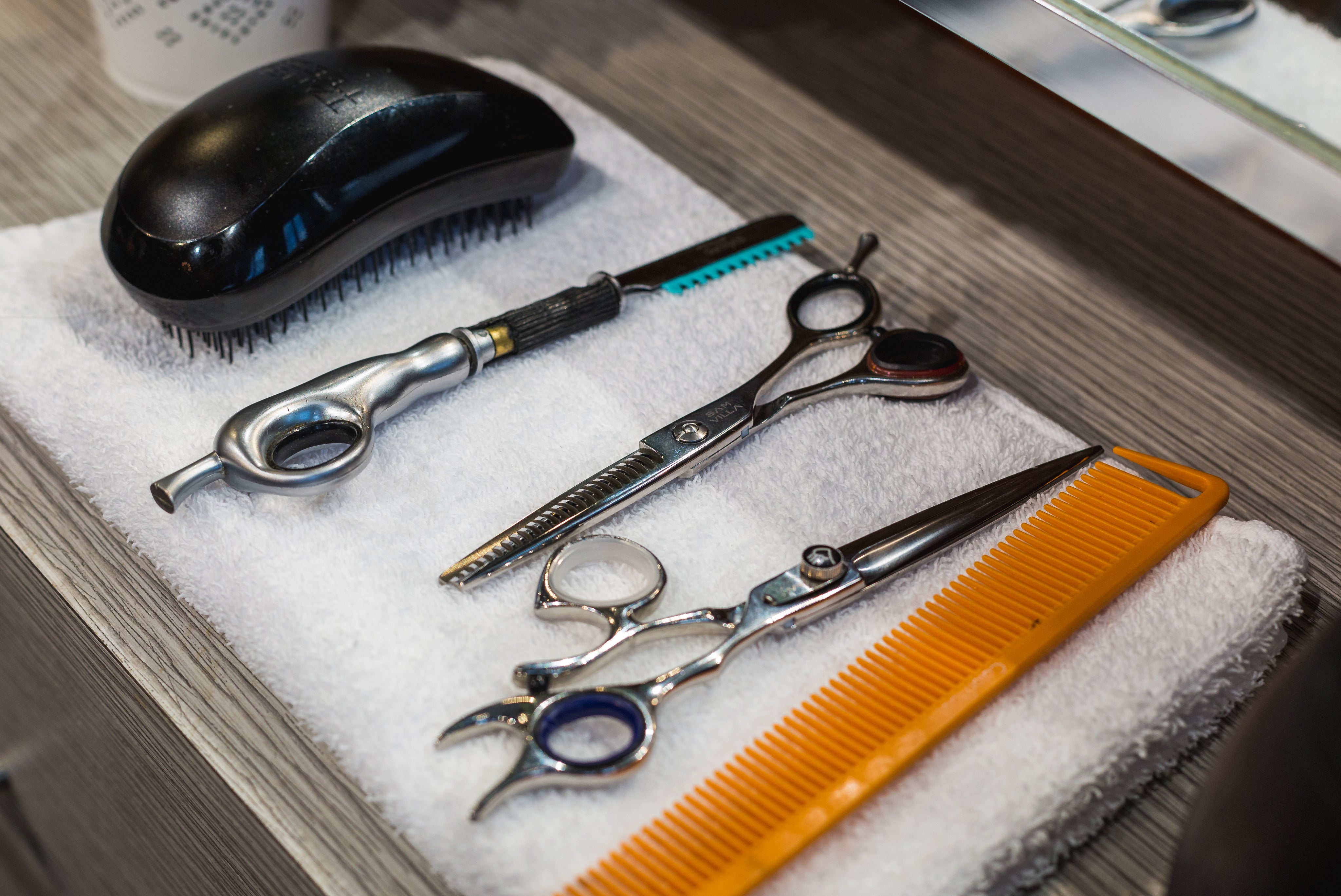
How Often Should You Cut Your Hair? (Spoiler: Not Monthly)
You don’t need to cut your hair every month. For most people in Singapore, every 8–12 weeks is ideal, unless you’re keeping a short cut sharp.
If you’ve been guilt-tripped into monthly hair care trims by your stylist (or TikTok), it’s time to rethink your schedule. Too much snipping can actually work against your hair goals.
In this guide, we’ll break down the ideal haircut frequency based on your hair length, style, damage level, and how fast it grows. Plus, how to tell when it’s really time to book that cut.
How Often Should You Cut Your Hair (Really)?
It depends on your hair length, goals, and how much damage you’re trying to manage.
|
Hair Type or Goal |
Ideal Trim Frequency |
|
Short hairstyles (pixie, bob) |
Every 4–6 weeks |
|
Medium-length hair |
Every 8–10 weeks |
|
Long hair |
Every 10–12 weeks |
|
Bangs / fringe |
Every 2–3 weeks |
|
Maintaining coloured hair |
Every 6–8 weeks |
|
Growing it out |
Every 12–16 weeks |
What Happens If You Don’t Cut It?
Skipping trims doesn’t just make your hair longer, it can also make it weaker.
- Split ends travel upward, making your hair appear frizzier
- Tangles and knots become more frequent, especially in humid Singapore
- Shape and style lose structure, especially for short or layered cuts
- Colour looks duller when the ends are dry or faded
Still, that doesn’t mean monthly trims are mandatory. It’s about trimming just enough, not resetting your progress.
Signs It’s Time for a Trim
Not sure when to book your next cut? These signs say it’s time.
1. Your ends feel dry, stringy, or brittle
If your hair feels rough to the touch or snaps easily when brushing, it’s time to trim the damage off. Dry ends are the first sign of breakage.
2. You’re getting more tangles after washing
Hair that tangles constantly is often weighed down by split ends or uneven texture. A quick trim can reduce knots and make detangling much easier.
3. Your fringe keeps poking into your eyes
This one’s self-explanatory. If your bangs are becoming a visibility hazard, a 5-minute fringe trim will bring back shape without affecting the rest of your cut.
4. Your hair feels flat or loses its shape
Whether you have layers, waves, or a blunt cut, overgrown ends can make your hairstyle look heavy or lifeless. Trimming brings back bounce and definition.
5. Styling takes longer than it used to
Struggling to curl, straighten, or air-dry your hair the same way? It may be your cut growing out and losing structure, not your styling skills.
Tip: Try "dusting" instead of a full trim. This method removes only the very tips of your hair to get rid of split ends, without sacrificing length or shape.
What If You’re Growing It Out?
You can wait longer between cuts, but skipping trims altogether will slow your progress.
Just because you’re aiming for longer hair doesn’t mean you can ignore maintenance. Without regular upkeep, split ends can creep upward and undo all that length you’ve been patiently growing.
Book light trims or “dusting” every 12–16 weeks
Dusting removes just the frayed tips, not actual length. It helps you keep growing without letting split ends sabotage your progress.
Avoid harsh layers or razoring that thin out the ends
Thick, blunt ends retain strength better. Avoid styles that compromise your density or create unnecessary breakage.
Use nourishing products to prevent damage between cuts
Daily care matters. Moisture masks, serums, and heat protection can help stretch the time between salon visits.
How to Extend the Time Between Haircuts
Not ready to go back to the hair salon chair? These tips can help you push your next appointment.
- Use hair oils or leave-ins on the ends to reduce dryness
- Sleep on a silk pillowcase to reduce friction
- Avoid daily heat styling, air dry or use cool settings when possible
- Try a scalp serum or shampoo to support healthy growth from the roots
Trim Frequency by Hair Type
How often you should cut your hair isn’t just about length, it also depends on your hair type.
For example, curly hair can hide split ends better but dries out faster. Fine hair shows breakage quickly, while thick hair may feel heavy long before it’s damaged.
Understanding your natural hair texture can help you choose a more realistic trim schedule, without overcutting or neglecting your ends.
|
Hair Type |
Trim Frequency |
Why It Matters |
|
Curly or Coily |
Every 10–14 weeks |
Shrinkage hides split ends, but dryness builds fast |
|
Fine or Straight |
Every 6–8 weeks |
Damage is more visible, especially at the ends |
|
Thick or Coarse |
Every 8–12 weeks |
Heavier texture needs shape maintenance |
Curly or Coily Hair
Recommended Trim Cycle: Every 10–14 weeks
Curly and coily textures often disguise split ends due to their natural shape, but they also tend to be drier and more fragile. Overcutting can slow down visible length progress, especially with shrinkage. However, regular dusting helps prevent tangles and preserves curl definition.
“Use a lightweight leave-in conditioner and scalp serum between trims to keep curls hydrated and elastic.” - REDS Hair Salon KSL
Fine or Straight Hair
Recommended Trim Cycle: Every 6–8 weeks
Fine hair tends to split more easily and shows damage faster, especially at the ends. A small amount of heat, tugging, or sun exposure can lead to fraying, and the lack of volume can exaggerate breakage. Regular trims are essential to keep it looking neat and healthy.
Avoid heavy oils on fine hair. Instead, use heat protection sprays and lightweight serums that don’t weigh it down.
Read more: Best Hair Care Routine in Singapore (2025): Easy & Effective
Thick or Coarse Hair
Recommended Trim Cycle: Every 8–12 weeks
Thicker hair can tolerate more time between trims, especially if it's healthy and moisturised. However, its weight can cause styles to fall flat or lose shape quickly.
Layered or shaped styles may need slightly more frequent trims to maintain balance and bounce.
Can I Trim My Hair at Home Between Salon Visits?
Home trims (especially dusting) are a great way to maintain your ends, stretch out your salon schedule, and save a little money, as long as you’re careful and know when to stop.
When Is It Okay to Trim Your Hair at Home?
- You’re only removing split ends, not restyling your shape
- You’re growing your hair out and just need light maintenance
- You have basic hair-cutting tools (and good lighting)
If your hair feels dry or uneven but you don’t want to lose length, a simple dusting every few weeks can keep things looking and feeling healthier.
Avoid trimming at home if:
- You have layers, a fringe, or a technical haircut
- You’re unsure where the damage ends and the healthy hair begins
- Your hair is extremely uneven, dry, or breaking—this calls for a professional eye
What Tools Do You Need?
Absolutely avoid using kitchen scissors or paper scissors.These aren’t sharp enough and can cause frayed, blunt ends that make the damage worse.
Here’s what you should use instead:
- Hair-cutting scissors (sharp, stainless steel, ideally under 6")
- Blow dryer
- A fine-tooth comb
- A clean mirror and natural lighting
- Hair clips to section and isolate small portions
How to Cut Your Ends Safely
- Start with clean, dry, detangled hair
- Section your hair into manageable parts
- Take a small piece and twist it tightly, frayed ends will stick out
- Snip just the visible, dry strands (about ¼ inch or less)
- Repeat across all sections, then smooth a leave-in conditioner through to finish
This method won’t reshape your cut but will extend your style’s life and reduce breakage, a smart move for busy weeks or between appointments.
Let Your Hair Goals Set the Schedule
At Top Secret, we believe in cutting your hair intentionally, not out of habit. Whether you're growing it out, keeping your style sharp, or just aiming for healthier ends, the real trick is knowing when a trim helps, and when it’s better to hold off.
You don’t need monthly salon visits.
What you need is a realistic cut schedule, a bit of scalp awareness, and the right support between trims.
That’s where our hair product range comes in, bond-repairing masks, hydrating leave-ins, and scalp-nourishing shampoos designed to keep your hair stronger for longer, even in Singapore’s heat and humidity.
Because healthy hair isn't just about how often you cut it, it's how well you care for it in between.
Frequently Asked Questions About How often You Should Cut Your Hair
How Often Should I Cut My Hair If I Want It To Grow Longer?
Every 12–16 weeks with light trims (dusting) to prevent breakage while retaining length.
What’s The Ideal Haircut Frequency For Men In Singapore?
For short styles, every 3–4 weeks. For longer styles, 6–8 weeks is sufficient.
Do Frequent Trims Make Your Hair Grow Faster?
No, but they prevent split ends from traveling, which helps you grow it longer without damage.
Can I Go 6 Months Without A Haircut?
You can, but expect dryness, split ends, and shape loss, especially with long or coloured hair.
What Happens If You Never Cut Your Hair?
Your ends will split, break, and thin out over time. Growth will stall, and texture will suffer.
How do I know when I need a haircut?
If your ends feel dry, your hair loses shape, or styling takes longer, it’s time for a trim.












